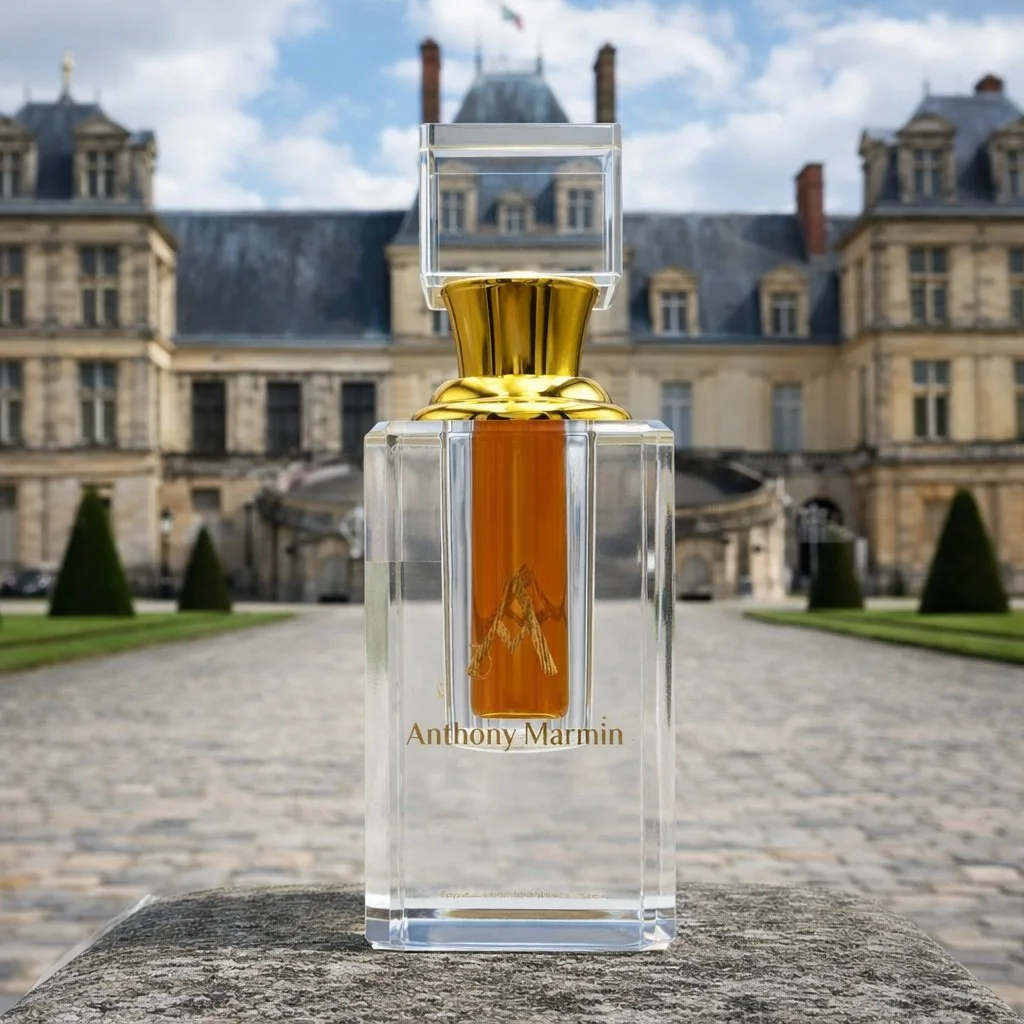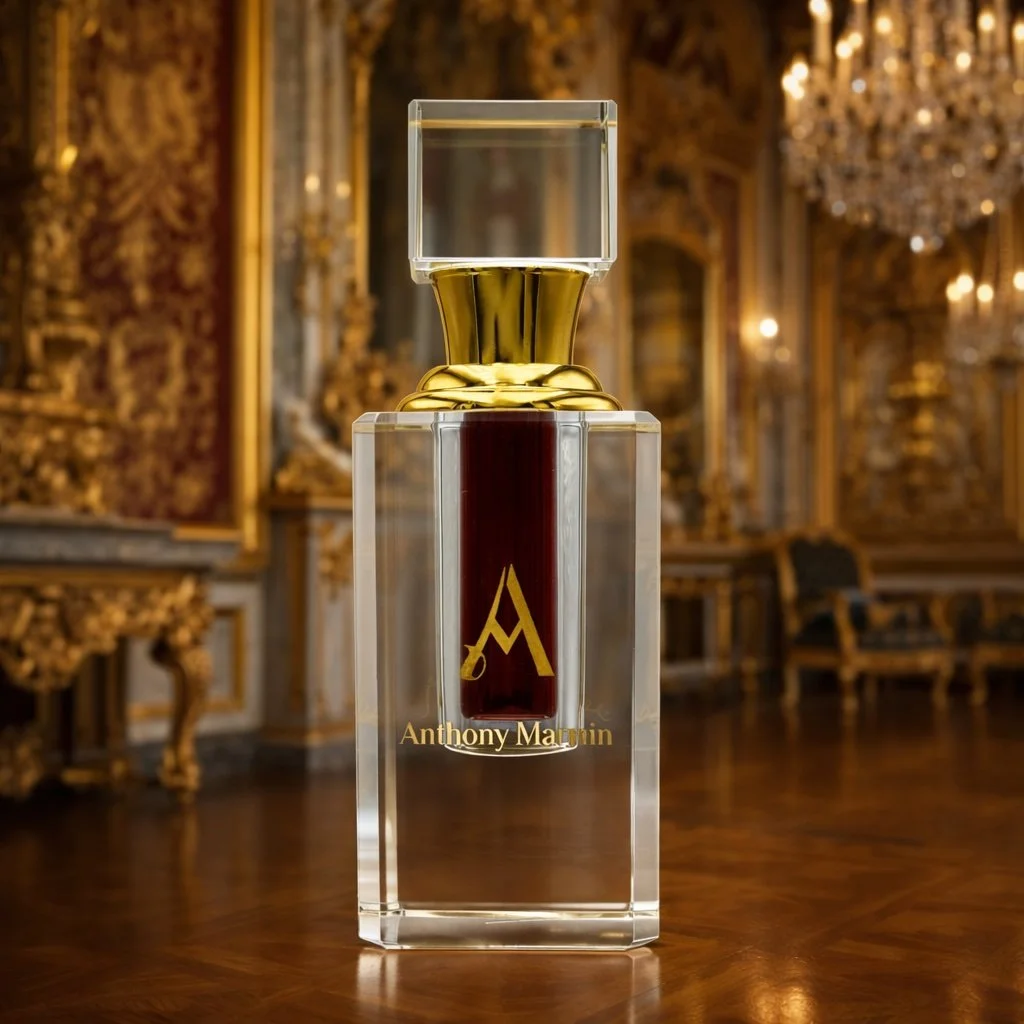Jasmine in Perfume
Jasmine, often referred to as the "Queen of Flowers," holds a special place in the world of perfumery. Its beautiful fragrance has amazed people for centuries. It's rich and complex scent profile makes it a prized ingredient in many of the world’s most beloved perfumes. At Maison Anthony Marmin, we deeply appreciate the art of using jasmine in our creations, and in this article, we will explore the role of jasmine in perfumery.
Where is Jasmine from?
Jasmine's use in perfumery dates back to ancient civilizations. The flower, native to the Himalayas and the regions of Western China, gradually spread to the Middle East and Europe through trade routes. Its scent made it a favorite among royalty and nobility, often used in oils, and as an essential component in early perfumes.
What does Jasmine smell like?
Jasmine's fragrance is a symphony of notes. It is intensely floral, with sweet, fruity undertones and a hint of green freshness. The complexity of jasmine lies in its ability to present different sensations simultaneously: it can be warm and exotic, yet fresh and delicate. This duality makes it an incredibly versatile ingredient in perfumery.
How is Jasmine extracted?
The process of extracting jasmine's essence is labor-intensive and time-consuming, contributing to its high value in the perfumery world.
Solvent Extraction: This method involves soaking jasmine petals in a solvent to produce a concrete. The concrete is then washed to separate the fragrant oils, resulting in an absolute. Jasmine absolute is highly concentrated and is prized for its true-to-flower scent.
Enfleurage: An ancient method rarely used today due to its laborious nature, enfleurage involves placing jasmine petals on layers of fat. The fat absorbs the fragrance, and once saturated, it is washed to extract the jasmine oil.
Steam Distillation: Although less common for jasmine due to the delicate nature of the flower, steam distillation can also be used. However, this method often results in a less nuanced fragrance compared to absolutes or enfleurage extracts.
Jasmine in Modern Perfumery
Jasmine is a cornerstone of many iconic perfumes. Its versatility allows it to be used in various fragrance families, from fresh florals to orientals. Here are a few ways jasmine is utilized in perfumery:
Blended Scents: Jasmine's ability to blend seamlessly with other notes makes it a favorite in complex compositions. It can add depth to citrus top notes, warmth to spicy accords, and a touch of exoticism to woody and oriental bases.
Heart Note: Often used as a heart note, jasmine forms the core of a fragrance, unfolding its full beauty after the initial top notes dissipate. It bridges the gap between the initial impression and the lasting base notes, providing a rich, enduring scent.
Fragrances Featuring Jasmine
Jasmine is featured in several of our creations. Here are some of our signature fragrances:
Hayati: This exquisite fragrance captures the essence of jasmine beautifully.
Top Notes: Mandarin Orange, Cinnamon
Heart Notes: Jasmine
Base Notes: Amber, Hint of Indonesian Oud
Ambre de Fontainebleau: A luxurious blend that showcases jasmine's subtle charm.
Top Notes: Neroli, Rose Centifolia
Heart Notes: Subtle Jasmine, Honey
Base Notes: Amber, Frankincense, Myrrh
Ambre de Versailles: An luxurious fragrance that highlights jasmine's versatility.
Top Notes: Neroli, Jasmine
Heart Notes: Woody
Base Notes: Amber
Night Bloom : A mysterious scent
Top Notes: Night-blooming jasmine, Strawberry
Heart Notes: Citrus
Base Notes: White Sandalwood
Conclusion
Jasmine remains a testament to the artistry of perfumery. Its rich history, complex extraction methods, and unparalleled scent profile ensure that it will continue to be a beloved ingredient in the world of fragrance. We are proud to celebrate jasmine in our perfumes, capturing its timeless elegance and beauty in each bottle.






